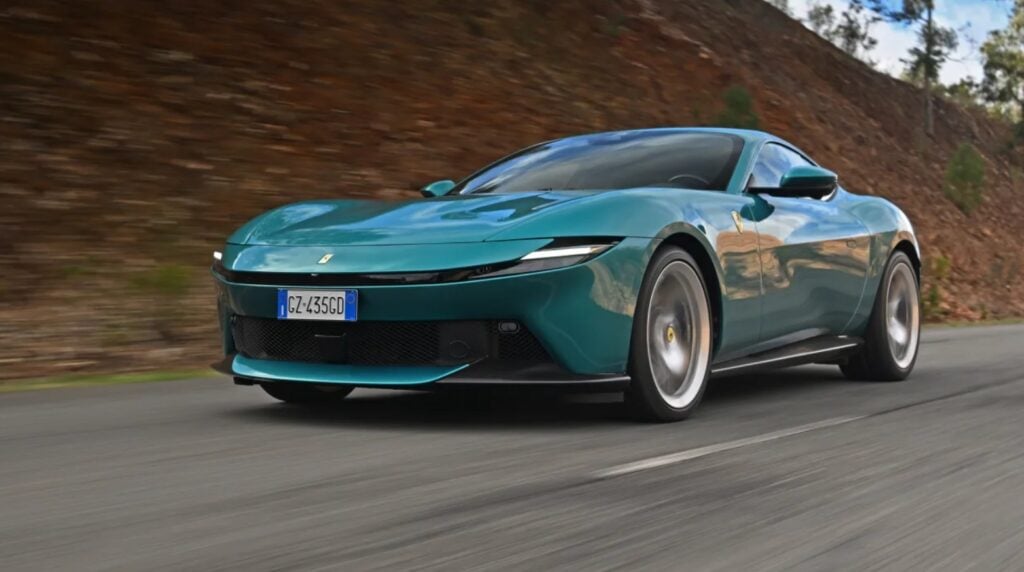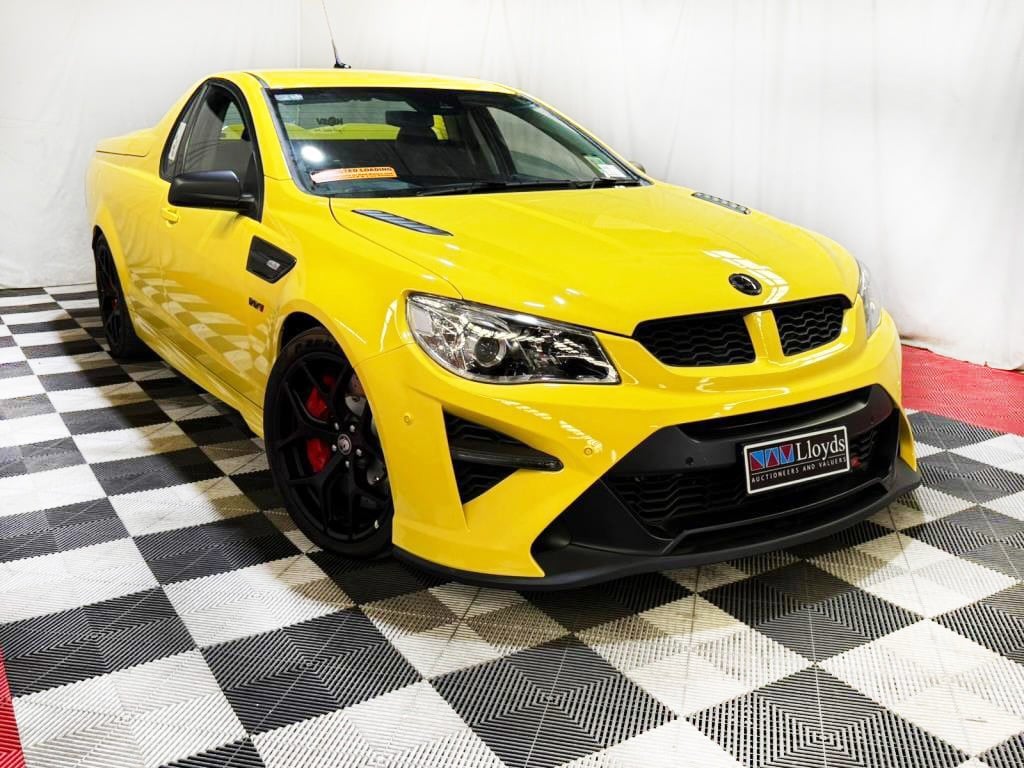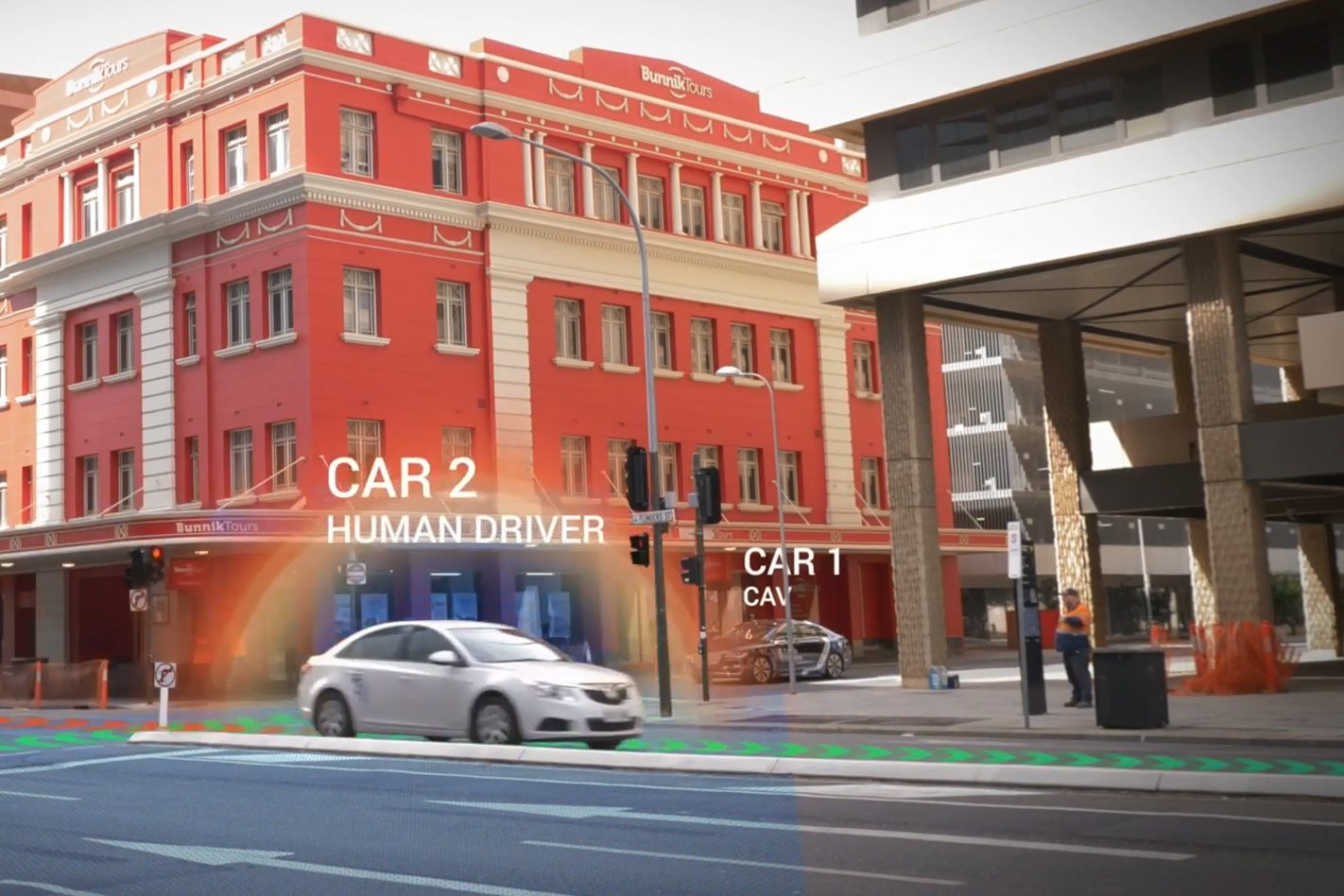
Adelaide-based tech authority Cohda Wireless has demonstrated what happens if a vehicle runs a red light into the path of a car equipped with its latest autonomous systems – and not a single panel was dented.
The test was arranged in the heart of the South Australian capital’s CBD using Cohda’s ‘vehicle-to-everything’ or V2X technology, and involved a human-piloted car ignoring a red light at an intersection and droving into the path of a self-driving vehicle.
Significantly though, the site was deliberately picked for its ‘urban canyon’ characteristics, where tall sided buildings close to the junction severely limit a human’s vision and ability to react to the hazard in time. Satellite vehicle monitoring technology also suffers in such dense environment.
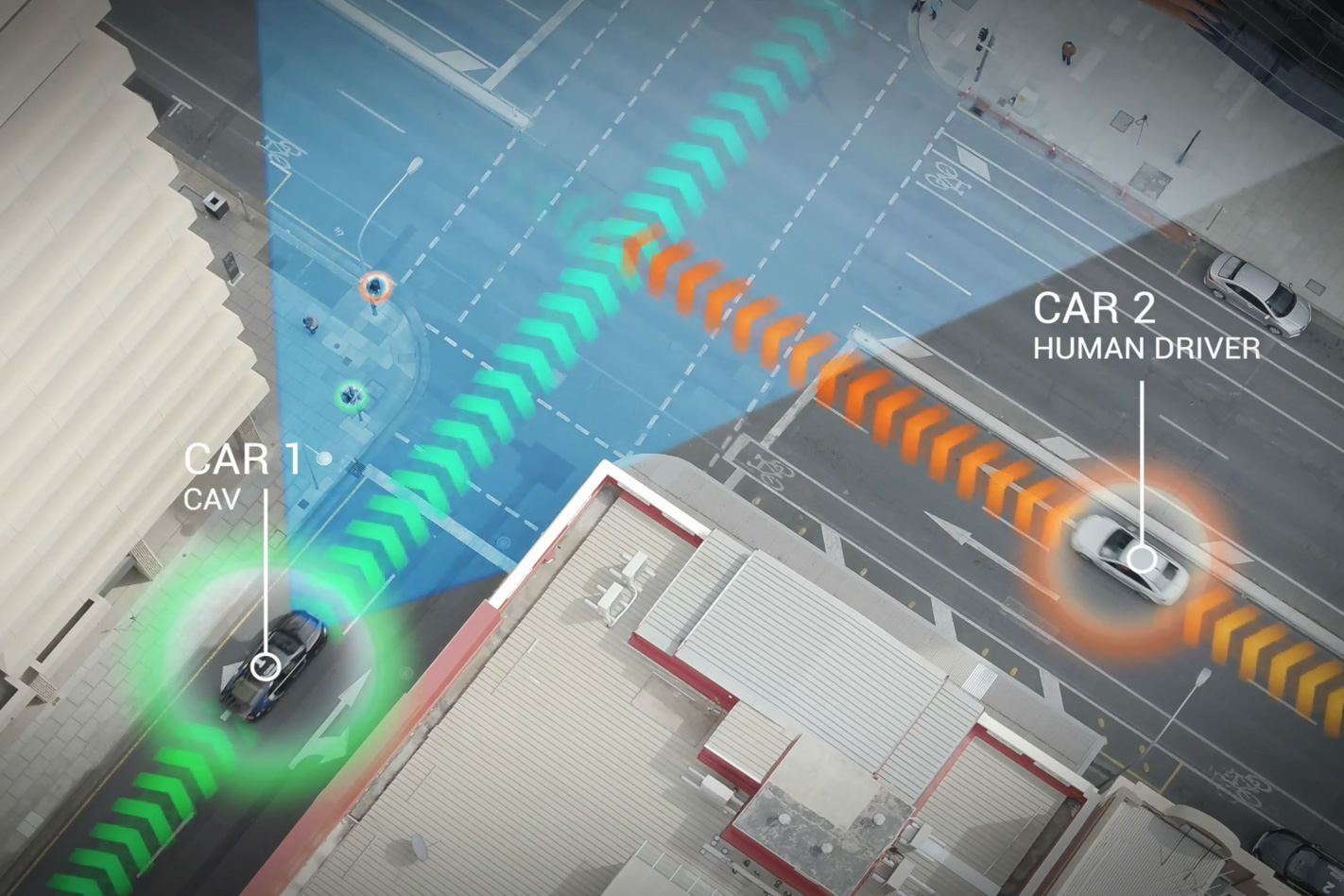
If the scenario involved human drivers in both vehicles, it is possible a crash would occur, says Cohda, but because the cars were equipped with communications technology, a trip to the panel shop or worse was avoided.
As the cars approached the junction, the autonomous vehicle recognised that the other was closing at a speed which would suggest it was not intending to stop thanks to its V2X connection. Instead of proceeding (as a human viewing a green signal would likely decide to) the autonomous car simply waits for the offending vehicle to pass through the red signal.
The technology demonstrates that constant connection to other vehicles significantly reduces the chances of a collision as a result of human error, but the communication technology also allows the cars to receive information from infrastructure such as the traffic signal itself. That means, like the offending vehicle, the V2X car can start responding to unexpected events long before line-of-sight contact.
While satellite-based systems struggle to pinpoint the position of vehicles accurately, Cohda’s solution supplements satellite coverage with its V2X-Locate network, which uses sensors incorporated into street infrastructure to position vehicles more accurately. This information is then shared between other vehicles for a virtual view of what is happening on the roads.
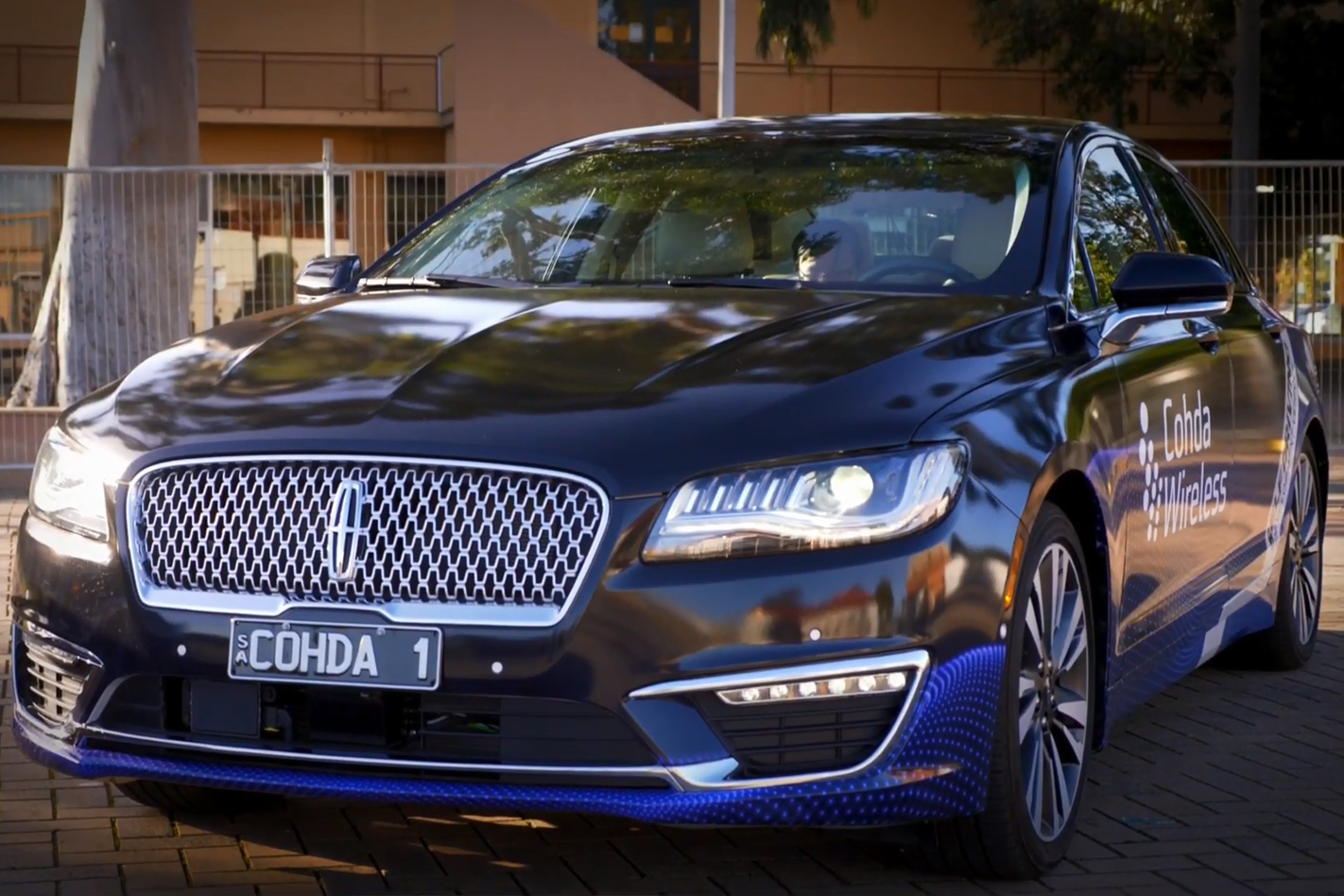
Heavy traffic, significant weather events and recent traffic accidents can be relayed to the car’s systems allowing the vehicle to avoid delaying its progress or contributing to the problem before the occupants are even aware of them.
The demonstration was partly enabled by funding from the State Department of Planning, Transport and Infrastructure, and further cements South Australia as the nation’s leader in autonomous vehicle exploration. Not only is the state home to Cohda, it was also the first to authorise self-driving car tests on public roads and has previously hosted a demonstration on a closed freeway in which a fleet of ‘platooning’ vehicles drove in convoy without human driver input.


